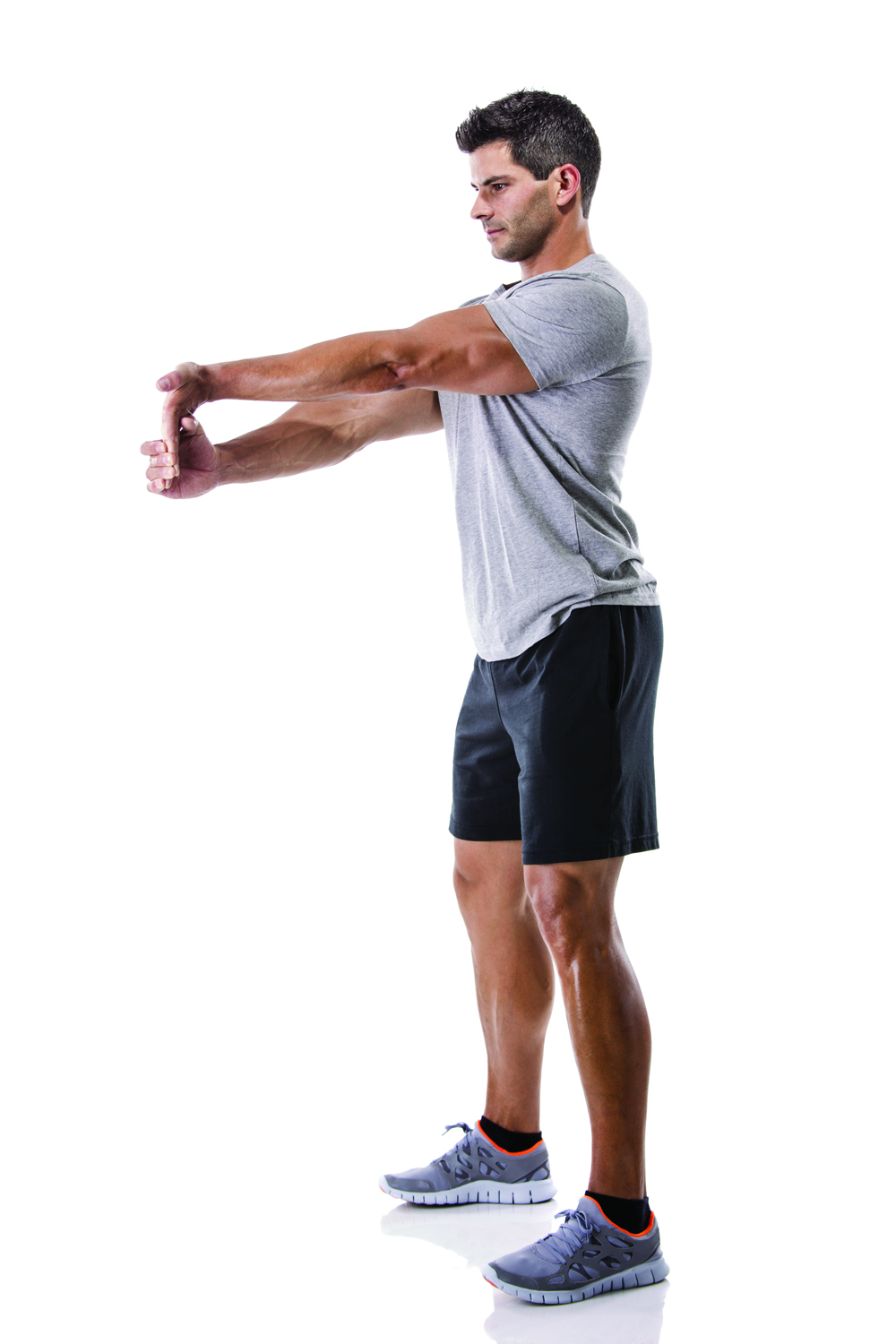Inside Sweat RX
12 Degrees of Freedom: Seated Exercises
Seated Exercise
Thoracic Spine Extension Exercises
Everything you do repeatedly in life causes your body to adapt in order to make that task more repeatable.An athlete training for an event adapts to better perform in that event.A desk jockey’s body adapts over time to being bent over a keyboard all day. Our modern-day workplaces and lifestyles have increasingly involved seated and sedentary versus upright posture. This postural evolution (or more appropriately, de-evolution) makes normal thoracic function and mobility an uphill climb for many of us. Limited thoracic spine mobility has a broad spectrum of implications from efficient energy transfer for professional athletes to difficulty breathing later in life.
Recent research has noted the connection between the thoracic spine (mid-back) and shoulder pain or impingement, neck pain, and adhesive capsulitis to name a few. The theory is regional interdependence—fancy medical terminology for what astute clinicians have known for years: dysfunction in one area of the body results in predictable compensations in nearby joints and tissues.
An office worker spends most of their day at a computer, sitting onan office chair. Long work days can make it difficult for these individuals to fit exercise into their schedule. Eventually a progressively stressful posture combined with inactivity may contribute to a rigid mid-back and neck pain due to excessive strain on the cervical musculature.
Athletes with poor thoracic rotation will necessitate greater mobility requirements from the already taxed shoulder and elbow. An athlete training with overhead movements will only be able to compensate for so long to maintain performance before their shoulder, elbow, or wrist breaks down. Just mentioning the wordslabral tear or Tommy John surgery around a pitcher instantly makes them want to do their thoracic mobility work as part of their arm care. Poor thoracic mobility may prevent optimal orientation of the shoulder blade (scapula) resulting in ongoing or recurrent shoulder impingement and an eventual rotator cuff tear.
So, here are the top 5 mobility exercises for desk jockeys:
Computer & Desk Stretches
(Time needed: Approx. 4 minutes)
Sitting at a computer for long periods often causes neck and shoulder stiffness and occasionally lower back pain. Do these stretches every hour or so throughout the day or whenever you feel stiff. Cut this out and keep it posted by your desk so you have a visual reminder and easy access to get in the habit of doing the stretches. Also be sure to get up and walk around the office every 20 minutes. You will feel better!




































